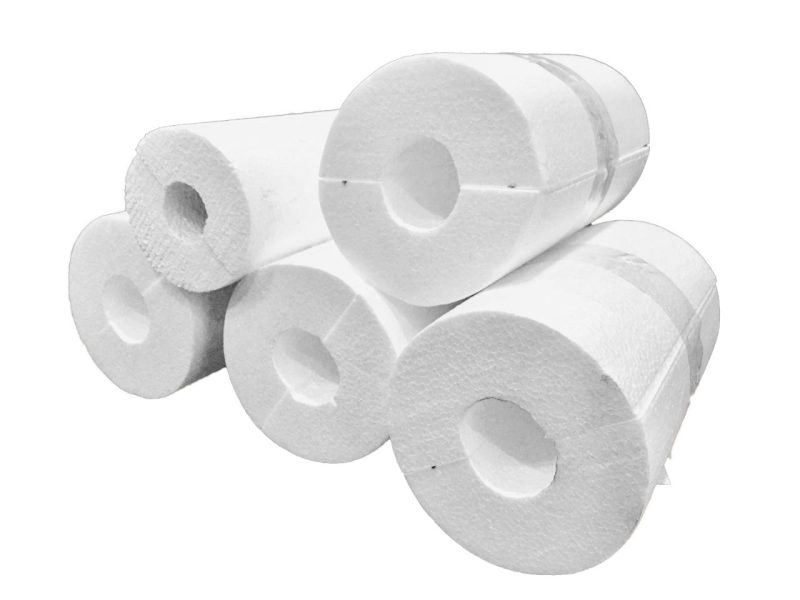
Thermopore pipes are a type of insulation that is made from expanded polystyrene (EPS). They are used to insulate pipes in a variety of applications, including heating and cooling systems, industrial applications, and commercial and residential applications. Thermopore pipes have several advantages over other types of insulation, such as low thermal conductivity, high compressive strength, and resistance to moisture and fire.
Benefits of Thermopore Pipes
Thermopore pipes offer a number of benefits, including:
- Excellent insulation properties: Thermopore is a very good insulator, which means that it can help to keep pipes at a constant temperature. This can help to improve the efficiency of your heating and cooling system and save you money on your energy bills.
- Durability: These are very durable and can withstand a variety of conditions, including extreme temperatures, moisture, and chemicals. This makes them a good choice for a variety of applications.
- Lightweight: They are lightweight, which makes them easy to install and transport.
- Cost-effective: These are cost-effective ways to insulate pipes.
Types of Thermopore Pipes
There are a few different types available, each with its own specific properties. Some of the most common types include:
- Rigid Thermopore pipes: These are the most common type. They are rigid and easy to install. Rigid Thermopore pipes are typically available in a variety of thicknesses, from 1/2 inch to 2 inches. The thickness of the pipe that you need will depend on the size of the pipe that you are insulating and the climate in your area.
- Foam Thermopore Pipes: Foamed polystyrene material makes these pipes more flexible than rigid Thermopore pipes, and they can be used in a variety of applications. Foam Thermopore pipes are typically available in thicknesses of 1/2 inch to 1 inch.
- Loose-fill Thermopore: This type of Thermopore is made from small beads of polystyrene that are blown into the pipe cavity. It is a good option for attic insulation. Loose-fill Thermopore is typically available in thicknesses of 1 inch to 2 inches.
How to Install Thermopore Pipes
They can be installed by a professional or by yourself. If you are installing the pipes yourself, you will need the following tools and materials:
- Thermopore pipes
- Adhesive
- A saw
- A tape measure
- A pencil
To install the pipes, you will first need to measure the length of the pipes that you need. Then, you will need to cut the pipes to size. Once the pipes are cut to size, you will need to apply adhesive to the back of the pipes. Then, you will need to adhere the pipes to the surface that you are insulating. Finally, you will need to use tape to secure the pipes in place.
Here are some additional details about the Thermopore pipe installation:
- Direct application: This is the most common method of installation. You simply adhere the pipes to the surface that you are insulating. Use a high-quality adhesive that is specifically designed for this purpose.
Apply the adhesive to the back of the pipe and to the surface that you are insulating. Once the adhesive is applied, press the pipe firmly against the surface and hold it in place for a few minutes. - Mechanical fastening: This method involves using screws or nails to secure the pipes to the surface that you are insulating. To do this, you will need to drill holes in the surface that you are insulating and then insert the screws or nails into the holes. The screws or nails should be spaced evenly along the length of the pipe.
- Bagging: This method involves encasing the pipes in a bag made of Thermopore material. The bag is then sealed to prevent air from leaking in or out. To do this, you will need to cut a piece of Thermopore material that is large enough to fit around the pipe. Then, you will need to seal the edges of the material together using tape or glue.
